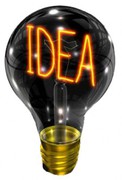
Write down everything you can think of that relates to your invention, from what it is and how it works.
Inventors – you’ve probably heard about the “poor man’s patent” – writing your idea down and mailing it to yourself in a sealed envelope so you have dated proof of your invention’s conception. This is unreliable and unlikely to hold up in court. As of the date of this post the new patent law requires that whoever files a patent first is the owner. You should always consult with a professional patent attorney.
If you need to work with other people or companies before filing a patent always try to have the person or company you are dealing with sign a Non Disclosure Agreement form or contract (we have a link to one at near the bottom of the our home page.
Inventions – you should have a rough sketch or drawing of your invention made as soon as possible and include approximate dimensions. This will help when you need to work with a product design company for a 3d CAD design which will be needed for the prototype and manufacturing process and for your patent attorney.
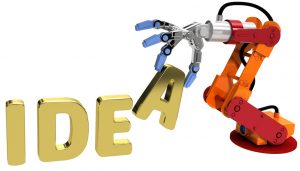
Inventors, many times, will first file a “Provisional Patent” with the United States Patent and Trademark Office. A provisional patent gives an inventor a one year grace period at a lower cost than a full long term (non-provisional) Utility or Design patent.
If you need to work with other people or companies before filing a patent always try to have the person or company you are dealing with sign a Non Disclosure form or contract.
A message from Anthony the president/owner:
I’m here to assist and service inventors, companies and organizations with all their invention ideas with design, Prototypes, manufacturing drawings and manufacturing.

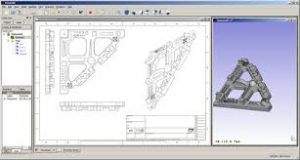
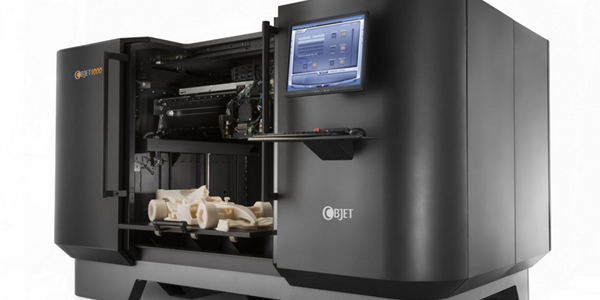
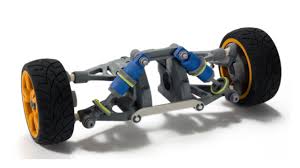


 Developing and launching a product can often make or break a business, especially a startup business or individual inventor. The product development steps may vary based on the nature of the business or inventor’s management style, but most will eventually follow or fall within the fourteen product development process steps below:
Developing and launching a product can often make or break a business, especially a startup business or individual inventor. The product development steps may vary based on the nature of the business or inventor’s management style, but most will eventually follow or fall within the fourteen product development process steps below: